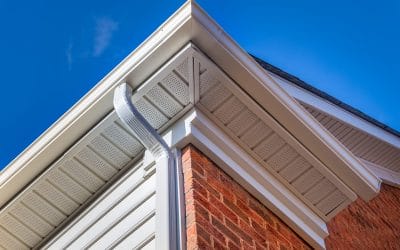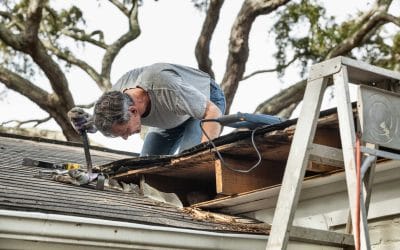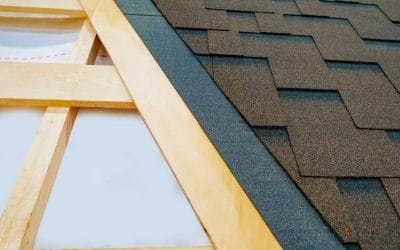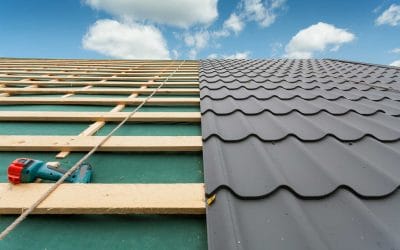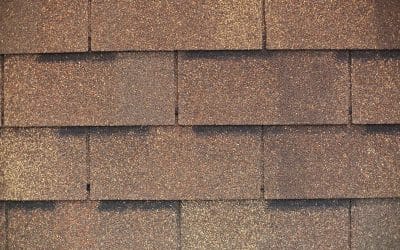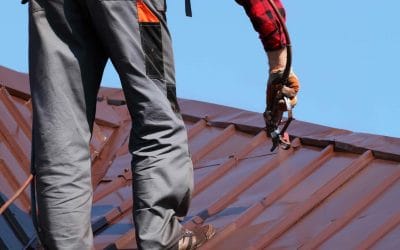Blog
Water Management: The Best Gutter Systems for Pearland Homes
It may surprise you, but the gutter system that you choose for your home in Pearland makes a huge difference....
4 Tips to Help You Prepare Your Roof and Gutters for Spring Weather in Pearland
Are your roof and gutters ready for spring? Before you know it, spring weather will be upon us and it’s a great idea...
2024 Roof Trends: The Most Popular Roof Colors in Friendswood This Year
Are you in the market for a new roof for your Friendswood residence and are considering upgrading the color?...
4 Reasons a Tile Roof is the Perfect Choice for Your Pearland and Houston Home
Are you considering having a new synthetic tile roof installed on your home in...
Roofing in Pearland and Houston: 5 Signs You Need a Roof Replacement
Is it time to replace the roof of your home in Pearland and Houston? Is your roofing getting old, have you noticed...
3 Tips to Help You Choose the Best Roof for Your Pearland and Houston Home
Are you in the market for a roof replacement but don’t know what type of roof to choose? Selecting the right roofing...
5 Steps to Take after a Storm Damages Your Roof in Pearland and Houston
Pearland and Houston is no stranger to severe weather, including powerful storms that can wreak havoc on your home,...
What Will a Tile Roof Cost in Pearland and Houston?
When it comes to roofing options, the choices can be overwhelming. Homeowners in Pearland and Houston often face...
3 Benefits of Hiring a Local Roofing Company in Pearland and Houston
When you choose to leave your roofing needs in the hands of professionals, don’t you want them to be in the hands of...
How Much Will a Metal Roof Cost in Pearland and Houston?
Metal shingles, standing seam, and steel roofing are becoming increasingly popular in Pearland and Houston due...

